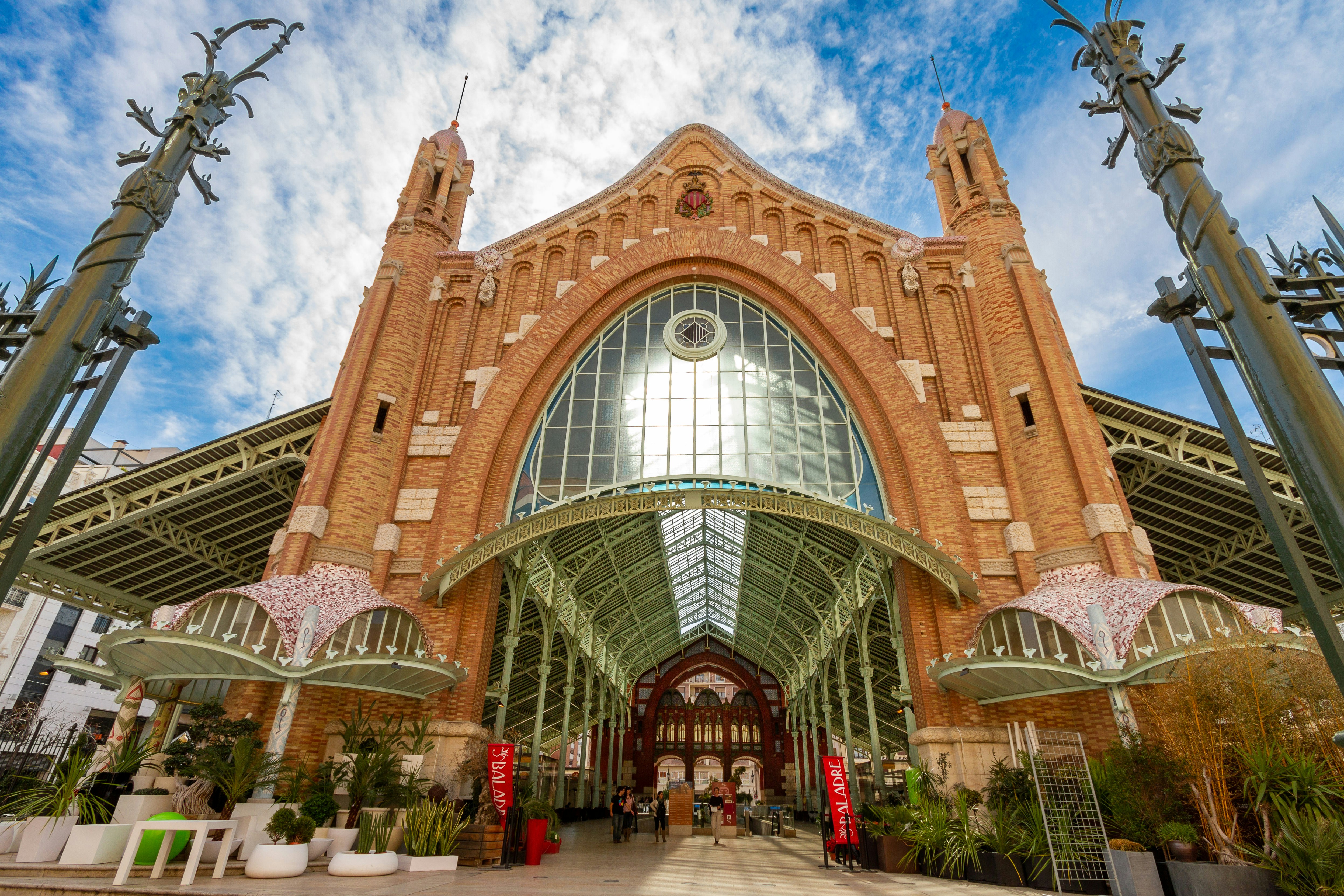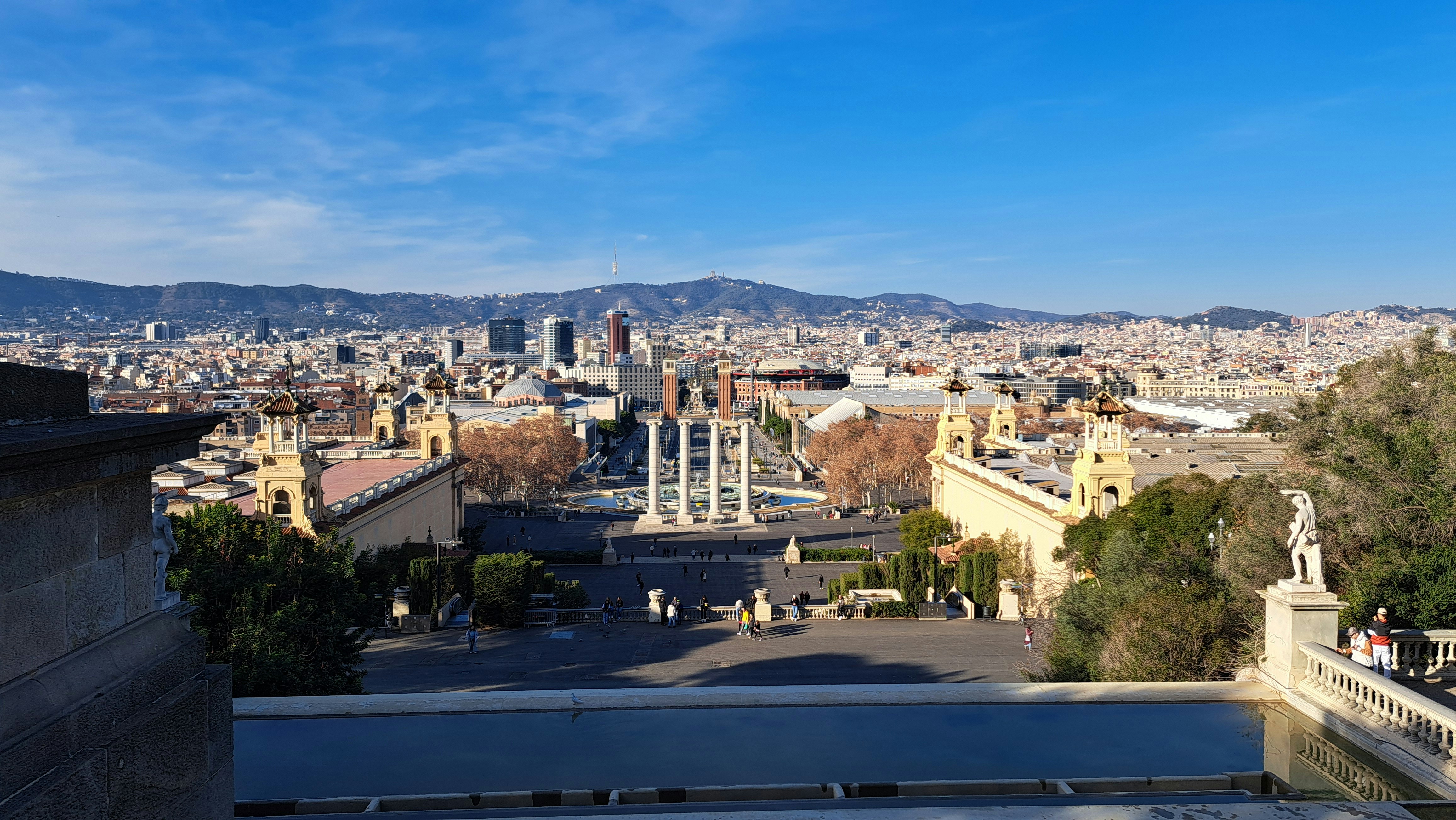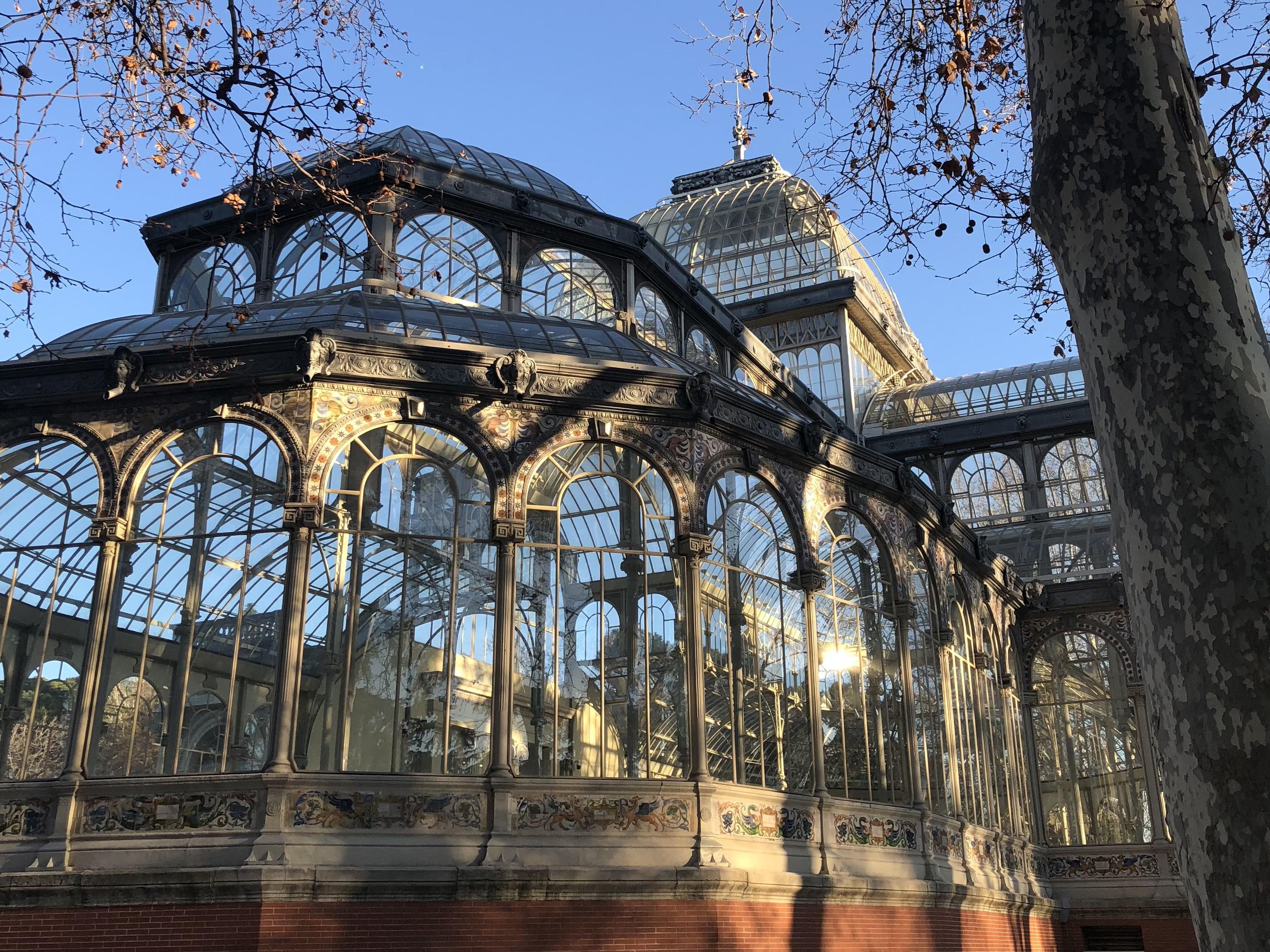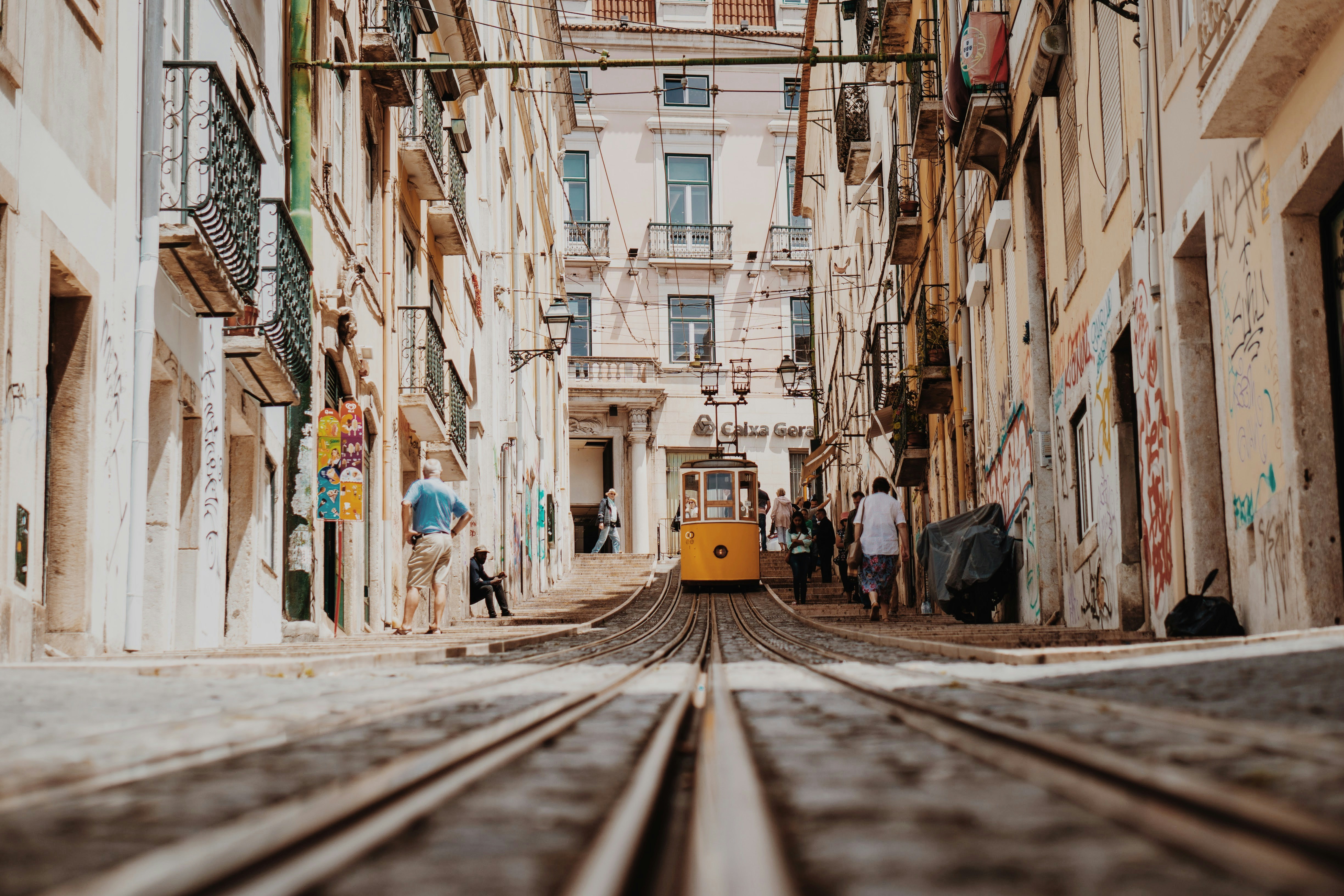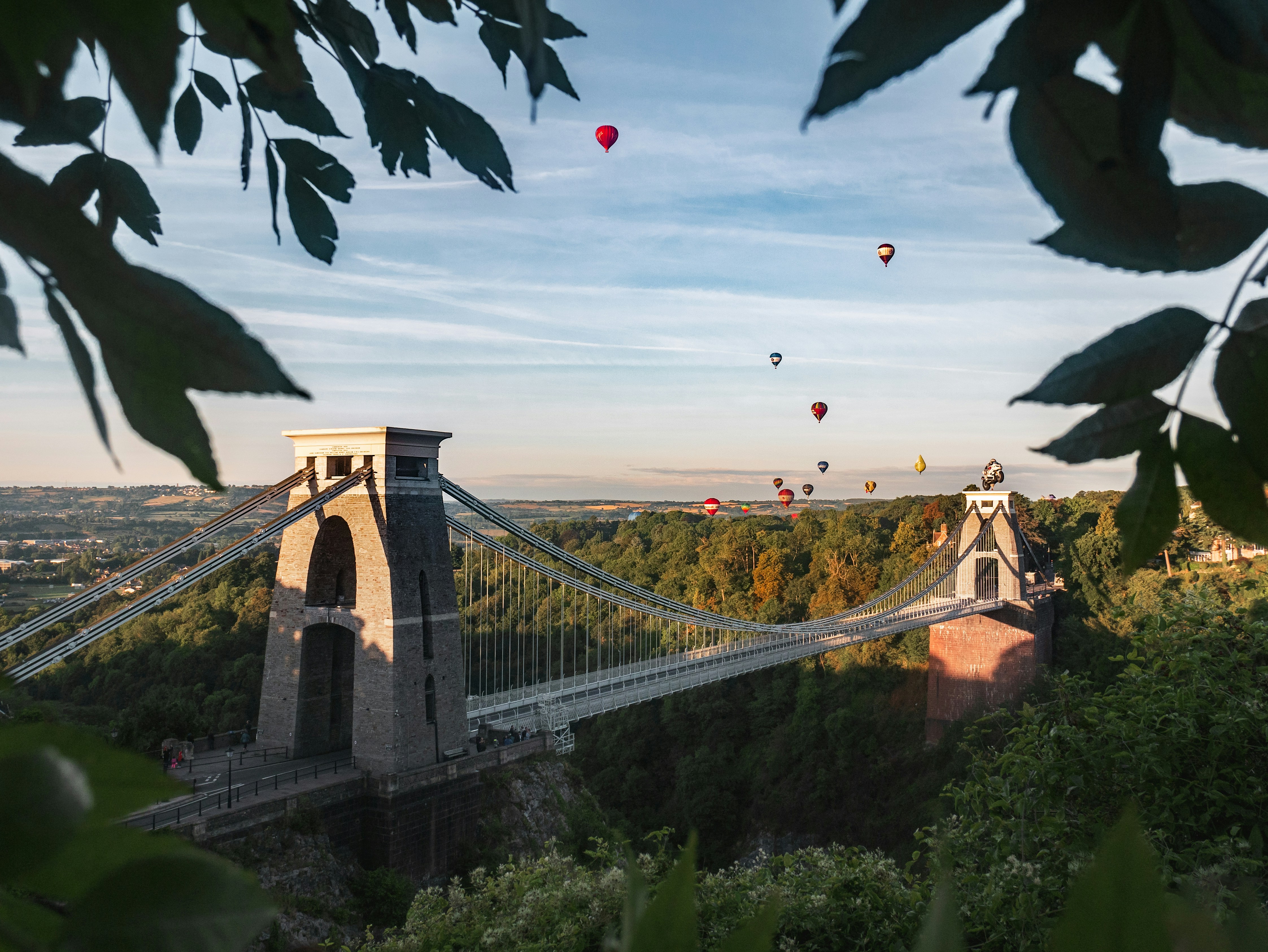Index
Receive our newsletter
The Gòtic neighborhood is the historical heart of Barcelona, blending the old with the new and attracting both locals and tourists alike. Living here means immersing yourself in the essence of the city, surrounded by narrow, labyrinthine streets, historic buildings, charming plazas, and vibrant urban life. The atmosphere is a unique mix of history, culture, and contemporary living. While it's a popular tourist spot, there is a strong local community with a lifestyle that combines bohemian and cosmopolitan elements.
Living in Gòtic
Living in the Gòtic neighborhood of Barcelona feels like being part of history. This area, the oldest in the city, is rich in character with its narrow cobblestone streets, medieval squares, and centuries-old architecture. It’s an energetic and lively neighborhood, ideal for those who thrive in an urban environment. Residents can enjoy a diverse mix of boutique shops, cozy cafes, and restaurants serving both traditional tapas and international dishes. The neighborhood’s close proximity to iconic landmarks like the Barcelona Cathedral and Las Ramblas makes it an exceptional place to live, blending culture, history, and modernity seamlessly.


El coste la vida es algo más elevado que en otros municipios del centro de Barcelona. Los precios de alquiler son desde asequibles a moderados, lo que convierte a esta zona en una opción muy atractiva tanto para estudiantes como para expatriados. El alquiler mensual de un apartamento de un dormitorio suele oscilar entre 800 y 1.200 euros, dependiendo de la ubicación exacta y las características de cada vivienda. Los gastos del día a día, como la comida, los restaurantes y los servicios públicos, tienen también precios medios y asequibles, lo que refleja el equilibrio del barrio entre la accesibilidad y la calidad.
Public transport in Gòtic
The Gothic Quarter is excellently connected to the rest of Barcelona via public transportation. It is served by several nearby metro stations, such as Liceu (Line 3), Jaume I (Line 4), and Drassanes (Line 3). Additionally, there are numerous bus stops that facilitate access to other neighborhoods in the city, as well as suburban train stations at Plaça Catalunya and Estació de França, which connect to destinations outside of Barcelona. This makes getting around the city easy and accessible for residents of the neighborhood.
Metro: the Barcelona metro operates from Monday to Thursday from 05:00 to 24:00. On Fridays and the eve of holidays it is active from 05:00 to 02:00, and on weekends it operates from 05:00 on Saturday to 24:00 on Sunday without interruption.
Bus: Barcelona has more than 80 bus lines that run through the urban area of the city and also reach other municipalities in the provinc
Tram: Barcelona's tram complements the metro and is an ecological, fast and comfortable means. There are two lines, the Trambaix (T1, T2, T3) and the Trambesòs (T4, T5, T6). With this means you can reach towns like Cornellà or Badalona.
Cercanías: the Renfe Cercanías network (Rodalies) is very useful to reach towns outside of Barcelona.
Services in Gòtic
El Barri Gòtic offers a wide range of services, from shops and businesses to offices and banks. You’ll find numerous pharmacies, hair salons, post offices, and ATMs on nearly every corner. The neighborhood is also home to small, traditional stores that add to its charm, along with a variety of professional services like law firms, tourist offices, and consulting agencies.Here are some of the most notable services Salamanca has to offer:
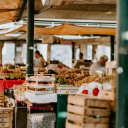
Everyday shooping
Although the streets of the Gòtic are narrow, there are several options for daily shopping. Supermarkets like Carrefour and Supercor are scattered throughout the neighborhood, providing essential products. Additionally, the Mercat de Sant Josep de la Boqueria, one of Barcelona's most famous markets, is just a short walk away, offering high-quality fresh products ranging from fruits and vegetables to meats, fish, and gourmet items.

Health and wellness
The Gothic Quarter has several health centers and clinics that cater to the medical needs of its residents. Just a few minutes away, in the nearby El Raval area, you'll find Hospital Clínic de Barcelona, one of the city's most prestigious hospitals. Additionally, there are numerous primary care centers (CAPs) and pharmacies available, ensuring that medical attention is always within reach.

Schools and libraries
For families living in the Gothic Quarter, there are several public and private schools offering education from preschool through secondary levels. The area also features libraries such as the Biblioteca Andreu Nin, located on La Rambla, which provides a wide collection of books, cultural activities, and educational resources for all ages.

Cultural centers
The Gothic Quarter is rich in culture and art. It is home to the Museu d’Història de Barcelona (MUHBA), which provides a fascinating glimpse into the city’s past, and the Barcelona Cathedral, a masterpiece of Catalan Gothic architecture. Nearby, you'll find the Centre de Cultura Contemporània de Barcelona (CCCB) and the Picasso Museum, both of which are prominent cultural institutions in the city.

Public services
This neighborhood is also home to several important public institutions, including the Barcelona City Hall located in Plaça Sant Jaume and the Generalitat of Catalonia. Additionally, you’ll find a few embassies and consulates in the area, making it convenient to handle official matters without leaving the neighborhood.
Having fun in Gòtic
What to do in Gótico?
The Gothic Quarter is one of the liveliest areas of Barcelona when it comes to entertainment. Its narrow streets are lined with trendy shops, art galleries, charming cafés, and bars, making it a perfect place to stroll and discover unique spots. During the day, you can explore its museums, while the night transforms the Gòtic into a hub of Barcelona's nightlife.

Eating out
The Gòtic neighborhood boasts a wide and diverse culinary scene, ranging from traditional Catalan restaurants to international cuisine. Plaça Reial is one of the most iconic spots for dining al fresco, with numerous restaurants and bars offering menus to suit all tastes. Additionally, the narrow streets are lined with tapas bars, taverns, and cafes that provide authentic dining experiences.

Parks and green areas
Although the Gòtic is known for its narrow streets and historic buildings, there are nearby green spaces where residents can unwind. The Parc de la Ciutadella, just a short walk from the neighborhood, is one of the city's main green lungs, perfect for exercising, strolling, or enjoying nature in the heart of the city.

Cultural activities
The Gòtic neighborhood is steeped in culture and history. Visitors can explore the Museu d’Història de Barcelona (MUHBA) and the Barcelona Cathedral to delve into the city’s past. The neighborhood also hosts art galleries and cultural events throughout the year, while local festivals celebrate rich Catalan traditions, adding depth to the area’s cultural scene.

Going out
The nightlife in the Gòtic is lively and diverse. Plaça Reial is a central hub, featuring venues like Ocaña and Jamboree, where music and dancing continue late into the night. Additionally, the neighborhood is dotted with cocktail bars and taverns, offering a dynamic atmosphere for evening enjoyment. It’s the perfect spot for those seeking a blend of fun, music, and culture all in one place.
Barcelona's Barri Gòtic blends history and modernity with its narrow streets, historic buildings, and urban lifestyle. It offers a rich array of cultural, gastronomic, and entertainment options, with easy access to services and green spaces like Parc de la Ciutadella.





